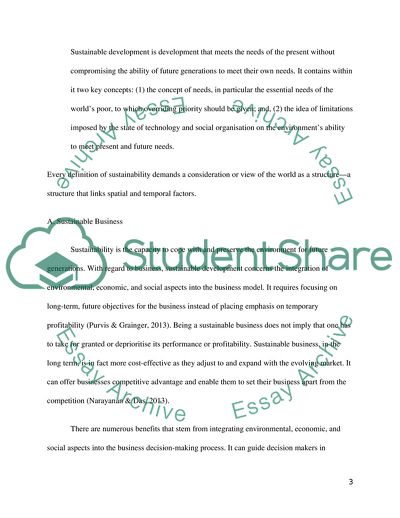Cite this document
(The Impact of 3D Printing on the Environment Assignment, n.d.)
The Impact of 3D Printing on the Environment Assignment. https://studentshare.org/environmental-studies/1864798-the-impact-of-3d-printer-to-environment
The Impact of 3D Printing on the Environment Assignment. https://studentshare.org/environmental-studies/1864798-the-impact-of-3d-printer-to-environment
(The Impact of 3D Printing on the Environment Assignment)
The Impact of 3D Printing on the Environment Assignment. https://studentshare.org/environmental-studies/1864798-the-impact-of-3d-printer-to-environment.
The Impact of 3D Printing on the Environment Assignment. https://studentshare.org/environmental-studies/1864798-the-impact-of-3d-printer-to-environment.
“The Impact of 3D Printing on the Environment Assignment”. https://studentshare.org/environmental-studies/1864798-the-impact-of-3d-printer-to-environment.


